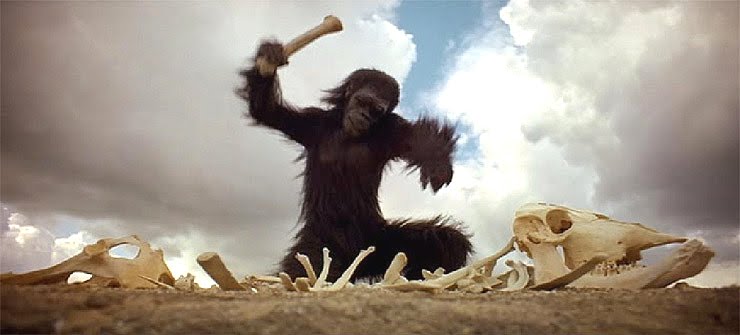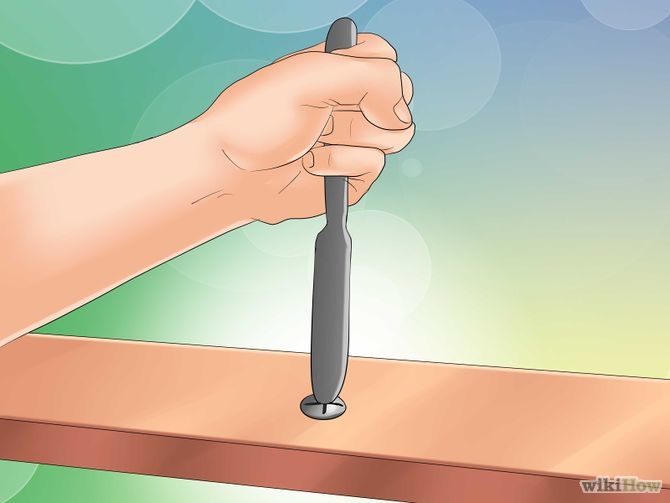 On several occasions I have posted videos on the internet that include shaping behaviors. I periodically get comments from people who think they know the process and critique the timing of the clicks. One problem. Behavior is not a one-dimensional process. “Shaping” isn’t all about ‘successive approximation’ of starting with a seed of a behavior and gradually building complexity. That makes parsing a multi-dimensional training session an exercise in smuggery and fully displayed ignorance.
On several occasions I have posted videos on the internet that include shaping behaviors. I periodically get comments from people who think they know the process and critique the timing of the clicks. One problem. Behavior is not a one-dimensional process. “Shaping” isn’t all about ‘successive approximation’ of starting with a seed of a behavior and gradually building complexity. That makes parsing a multi-dimensional training session an exercise in smuggery and fully displayed ignorance.
To give you a taste for why I might click where an inexperienced clicker trainer would not, consider that much of what we ask an animal to do isn’t something they would do on their own. That means that one consideration is always maintaining the appropriate rate of response. That does not always translate as lots of clicks and treats. It most often means that I know that I must keep the momentum going or the animal will quit or get frustrated. A click for a meaningless moment still has an influence on rate of response and has no down-side regarding creating the new behavior. Sometimes withholding a click is as pointed as a click and a treat. Why? Because one-click, one-treat is the slowest way to shape behaviors. It is a leftover of archaic notions promoted by B.F. Skinner – someone who never trained animals in the real world. He never really trained animals at all. If you put a rat in a box with only a lever, the rat is eventually going to hit it, even if by accident. That’s the sum total of training a rat gets in an operant chamber. One behavior. Do it again. This is rarely the goal of a real training program.
Variation:
Another reason I might judge to click and/or treat, or not do anything, is to generate variable behavior. Skinner never really understood that, either. People who train his way are afraid of an animal offering the full spectrum of what it can do. They want a controlled process that limps along at slow speed. That is because of the canard of ‘errorless learning.’ Errorless learning suggests that if you teach only correct answers you will never get a wrong answer. This is nonsense. Once a one-dimensional behavior is created it must be integrated into a broader environment to be functional. That means many more variables have to be included. Each stage of the training forces the animal to step off into the unknown – and that means errors. But are they really errors? Not to the animal. The animal has no idea what you want it to do. They are just playing a game with unknown rules. “I just pressed the damned lever, why didn’t I get a treat this time?” That you have included pressing a lever outside the box isn’t going to be immediately obvious to the animal.
Great levels of achievement come from being able to generate variations of existing behavior or eliciting completely new ones. Consider that a world-class high jumper attempting to beat the world record must jump in a way he/she has never jumped before. His skill is limited and only achieves ‘less than’ the record. To beat the height of the best, he most do something new. That isn’t achieved in increments. It is not achieved without error. The reality is that errorful learning is far superior. It teaches not only what works but what doesn’t. This creates a separate skill – including ‘errors’ that solve new problems. Think McGyver – a fictional character who constantly improvised items into practical solutions for unique problems. The most basic form of this is a child using his Grandmother’s butter knife to remove a screw.  A complex use of variability to solve unique problems occurred on Apollo 13 when they made an air filter using duck tape. To fully understand tools one must be familiar with the tangible characteristics of what they are. If you only use screw drivers to remove screws and have no understanding that a Phillip’s head screw driver makes a great icepick, you will not be the hero of the Snow-Cone party. Note: You can also use a screw driver to create a sun-dial, short out an electrical circuit or complete an electrical circuit. It makes a great scraper of any 90⁰ surface, like getting encrustation off battery terminals. You can use a screw driver as a lever, punch, dagger, door stop, finger splint or 100 other things because of its characteristics. In the movie 2001: A Space Odyssey an anthropoid ape picks up a jawbone and uses it as a weapon. A Skinnerian would have had to shape “picking up something”, “grasping and holding”, swinging, striking a specific target and ‘follow through’. The ape did it via innate variability. Who’s got time for all that successive approximation stuff?
A complex use of variability to solve unique problems occurred on Apollo 13 when they made an air filter using duck tape. To fully understand tools one must be familiar with the tangible characteristics of what they are. If you only use screw drivers to remove screws and have no understanding that a Phillip’s head screw driver makes a great icepick, you will not be the hero of the Snow-Cone party. Note: You can also use a screw driver to create a sun-dial, short out an electrical circuit or complete an electrical circuit. It makes a great scraper of any 90⁰ surface, like getting encrustation off battery terminals. You can use a screw driver as a lever, punch, dagger, door stop, finger splint or 100 other things because of its characteristics. In the movie 2001: A Space Odyssey an anthropoid ape picks up a jawbone and uses it as a weapon. A Skinnerian would have had to shape “picking up something”, “grasping and holding”, swinging, striking a specific target and ‘follow through’. The ape did it via innate variability. Who’s got time for all that successive approximation stuff?

Another excellent post. I think one of the most difficult things for the inexperienced trainer to do is “nothing”. In our field training, most people want the dog to run a scenario with zero mistakes. But if the handler interjects all of the time, the dog does not always learn and leaning seems to take longer. Often the pro trainer we train with will instruct the handler to let the dog roll even if the dog is not “perfect”. Usually that speeds the dog learning the concept.
The myth of ‘errorless learning’ is still alive and well. No champion at any sport got there by never making a mistake – because they compete in places where a single behavior done over and over is literally never the solution. EG: In baseball, a ‘change-up’ is a really crappy fastball – if you judge it by speed alone. The downfall of behavioral science and the people who swallow it is a forever one-dimensional understanding of a multi-dimensional world. Too bad for them.